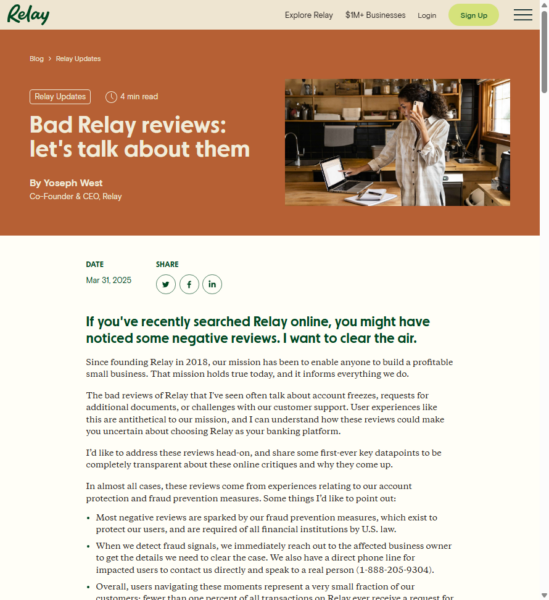Since 2000 the Department of Health and Human Services (HHS) has renewed efforts to prevent medication errors and other patient-related safety problems. The HHS formed the Patient Safety Task Force, which is a conglomeration of other agencies united to improve health-care safety, including the FDA and CDC. In 2002, the FDA devoted an entire division to assessing and correcting medication errors called the Division of Medication Errors and Technical Support (DMETS). Another closely-related, independent group, (also made up of numerous other agencies, indicating a trend towards greater cooperation among physician, pharmacy, and other healthcare associations), is the National Coordinating Council for Medication Error Reporting and Prevention, (NCC MERP), formed in 1995. Both of these groups suggest new ways to prevent and report medication errors.
Under DMETS, many new regulations, precautions and implementations of technology are being employed to combat errors. Reporting of medication errors is now mandatory for health-care providers and is better integrated to give the FDA, and hence patients and providers, a more comprehensive and accurate sense of real-world problems. Moreover, patients themselves also have the ability to report errors on the FDA site. The FDA will also be cooperating and sharing data with other major error-reporting agencies, again, in an effort to obtain the broadest possible tracking of errors.
The effort to avoid creating confusingly similar drug names is also continuing, and the FDA is striving to make sure that new drugs are given names that are easily differentiated from already extant ones. For already existing generic names, the FDA requires spellings using capitals to make similarly spelled pairs look different: for example, “PredniSONE” and “PrednisoLONE.” In addition, the FDA has identified commonly used abbreviations for medical terms that are easily misinterpreted or misread. Physicians are further encouraged to use computer-generated prescriptions to avoid ambiguity and error in pharmacists’ handwriting interpretation.
New uses of technology are encouraged by the FDA, especially in healthcare settings, where the use of barcodes and computers should be implemented. In this scenario, patients would have barcodes on their wristbands a nurse could scan, bringing up patient information on a notebook computer, instead of a clipboard with written notes. Therefore, the patient’s information would appear on a screen and be complete, more accurate and completely legible. Additionally, drugs would have barcodes that would be scanned to ensure that the correct drug is given and to alert providers to potential interaction dangers.

The Legal Examiner and our Affiliate Network strive to be the place you look to for news, context, and more, wherever your life intersects with the law.










Comments for this article are closed.